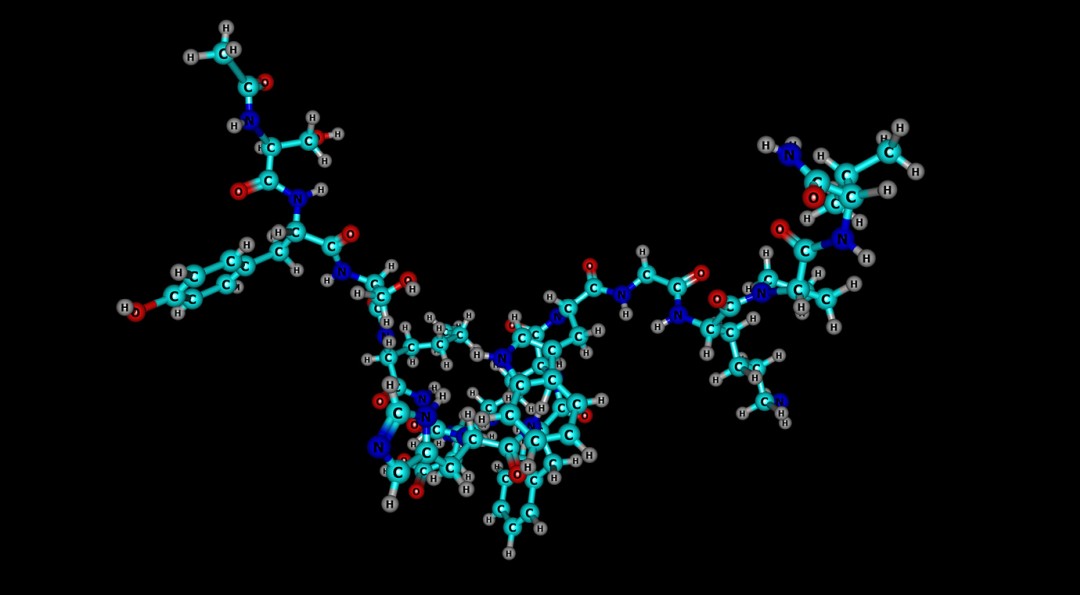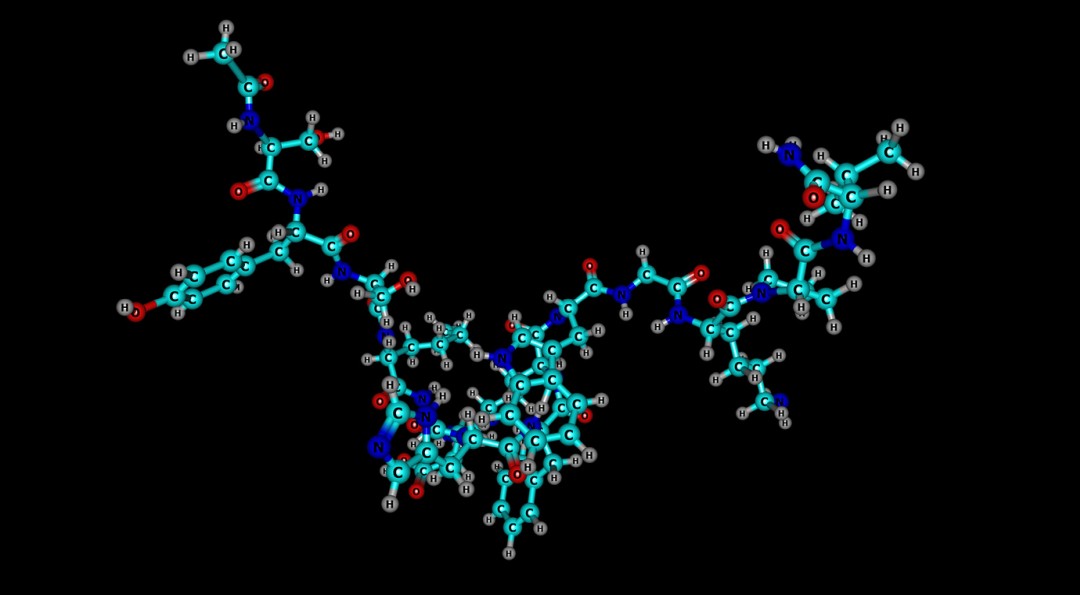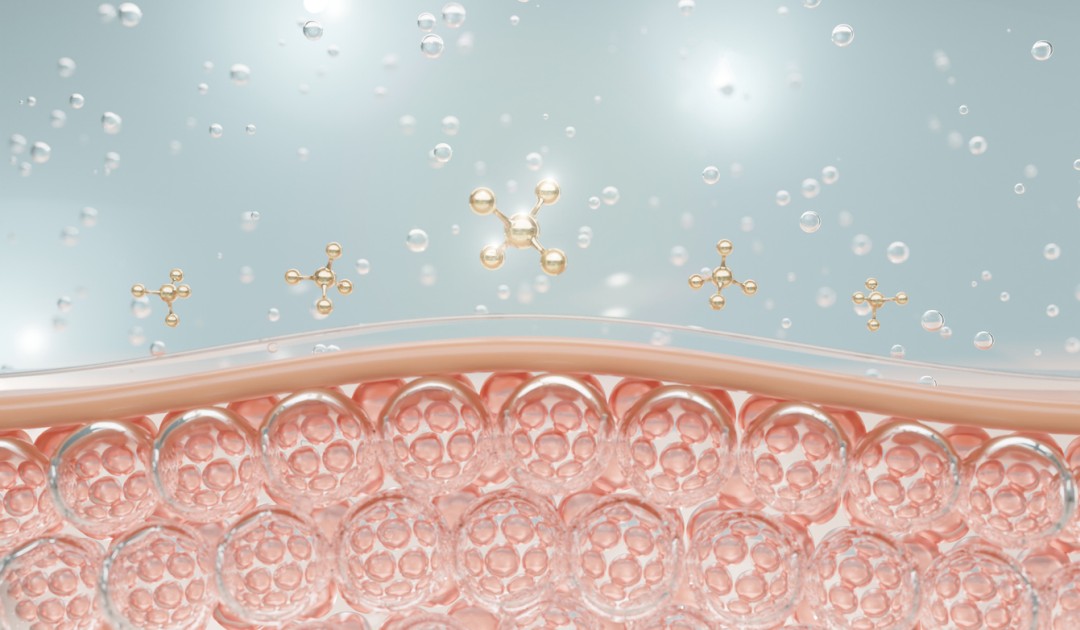
Apr 15, 2025 | peptides
Melanotan II is a synthetic analog of the naturally occurring 13 amino acids of the alpha-melanocyte-stimulating hormone (α-MSH). While the peptide is based on α-MSH, it has important structural distinctions. Specifically, Melanotan II appears to be a cyclic peptide...

Apr 7, 2025 | peptides
Examorelin, also referred to as Hexarelin, P-23905, and MF-6003, is a research peptide that belongs to the group of growth hormone secretagogues (GHSs). That is because it works by activating the growth hormone secretagogue receptors 1a (GHSR1a) found in various nerve...

Apr 4, 2025 | peptides
Emideltide, or Delta Sleep-Inducing Peptide (DSIP), is an endogenous peptide with nine amino acids. In relevant studies, the peptide was initially isolated from the central nervous system (CNS) of research models undergoing electrically induced sleep in laboratory...

Mar 18, 2025 | peptides
MT-1 (Melanotan 1) is considered to be a synthetic peptide structurally similar to the naturally occurring alpha-melanocyte-stimulating hormone (α-MSH), differing by two amino acid substitutions (methionine replaced by norleucine and L-phenylalanine replaced by...

Mar 10, 2025 | peptides
Mechano Growth Factor is a 24‐amino acid peptide derived from an alternatively spliced isoform of IGF‐1 (an anabolic mediator of growth hormone), specifically the IGF-IEc variant.(1) Scientists propose proteolytic processing of this isoform to yield both the mature...

Feb 27, 2025 | peptides
Palmitoyl AHK appears to be a palmitoylated derivative of a short tripeptide, AHK, which is composed of alanine, histidine, and lysine.(1) Preliminary data collected in laboratory settings findings suggest that AHK may be involved in several cellular processes within... 





